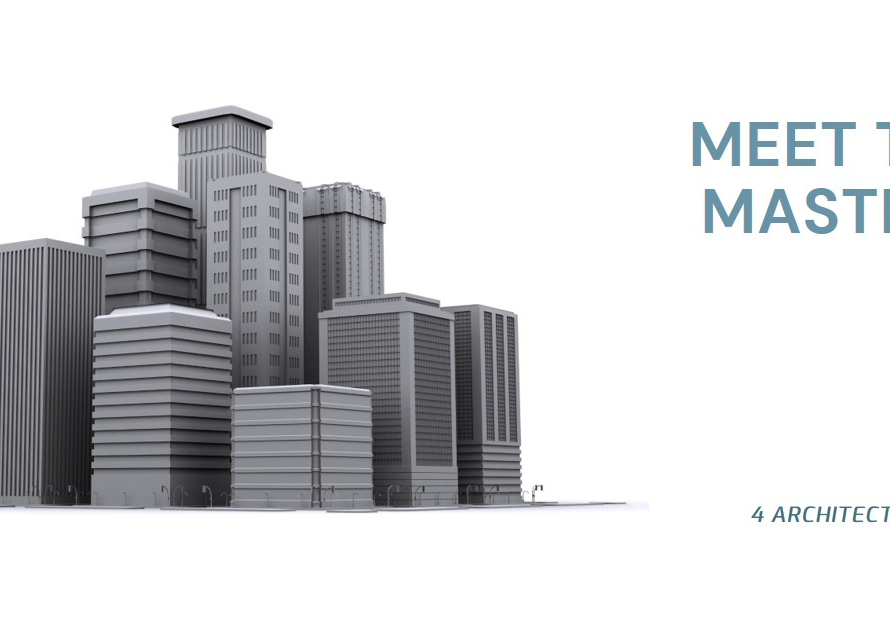
Table of Contents
- Introduction: The Essentials of Shower Plumbing
- Setting the Foundation: Water Supply Lines
- Mixing It Up: The Role of the Shower Valve
- Drainage Decisions: Installing the Shower Drain
- Venting: Ensuring Proper Airflow
- Pipe Positioning: Strategic Placement for Optimal Performance
- Sealing the Deal: Waterproofing Techniques
- Testing the System: Ensuring Leak-Free Operation
- Fixture Installation: The Final Touch
- Regular Maintenance: Keeping Your Shower in Top Condition
- Conclusion: Mastering Shower Plumbing Installation
Introduction: The Essentials of Shower Plumbing
Installing a shower involves more than just choosing the right tiles and fixtures. The backbone of any functional shower is its plumbing system. From water supply lines to drainage, understanding the necessary components and their installation is crucial. This guide will walk you through the essential plumbing elements needed for a shower, providing expert tips for a successful installation.
Setting the Foundation: Water Supply Lines
The first step in shower plumbing is establishing reliable water supply lines. These lines ensure that water reaches the shower at the desired temperature and pressure. Typically, you will need both hot and cold water lines, connected to the main supply.
When installing these lines, it is vital to use high-quality materials such as copper or PEX tubing. Copper is known for its durability and resistance to corrosion, while PEX is flexible and easier to install. Ensure that the pipes are securely fastened and insulated to prevent any potential damage from temperature fluctuations.
Mixing It Up: The Role of the Shower Valve
The shower valve is a critical component that controls the mix of hot and cold water, ensuring a comfortable shower temperature. There are several types of valves available, including pressure-balancing valves, thermostatic valves, and manual mixer valves.
Pressure-balancing valves maintain a consistent water temperature even when there are fluctuations in water pressure. Thermostatic valves offer precise control over water temperature, making them ideal for modern showers. When choosing a valve, consider the type of showerhead and the overall design of your shower to ensure compatibility and optimal performance.
Drainage Decisions: Installing the Shower Drain
Effective drainage is essential to prevent water from pooling in the shower area. The shower drain must be installed correctly to ensure efficient water flow and avoid clogs. Start by selecting a drain that matches your shower base and fits securely within the designated area.
When installing the drain, ensure that the slope of the shower floor directs water towards the drain. This slope is usually a quarter-inch per foot. Proper sealing around the drain is also crucial to prevent leaks and water damage. Use a high-quality waterproofing membrane and follow the manufacturer’s instructions for a watertight installation.
Venting: Ensuring Proper Airflow
Proper ventilation is often overlooked in shower plumbing but is essential for the system’s efficiency and longevity. Venting prevents sewer gases from entering the living space and ensures that water drains smoothly by maintaining air pressure within the pipes.
Install vent pipes that connect to the main vent stack, ensuring they are of the correct diameter to handle the shower’s water flow. Local building codes typically dictate the specifics of venting requirements, so it is crucial to adhere to these regulations to avoid future issues.
Pipe Positioning: Strategic Placement for Optimal Performance
The placement of pipes within the shower walls significantly impacts the overall functionality and maintenance of the shower. Carefully plan the layout of hot and cold water pipes, ensuring they do not cross each other or come into direct contact.
Position the pipes so that they are easily accessible for future maintenance but not exposed to potential damage. Use brackets and clamps to secure the pipes within the walls, preventing them from shifting or vibrating, which can cause leaks over time.
Sealing the Deal: Waterproofing Techniques
Waterproofing is a critical step in shower installation to prevent water damage to the surrounding areas. Begin by applying a waterproof membrane to the shower walls and floor, ensuring all seams and corners are adequately covered.
There are various waterproofing products available, including liquid membranes and sheet membranes. Choose a product that is compatible with your shower base and tiles. Properly sealed seams and corners are essential to create a continuous waterproof barrier that will protect your home from moisture-related issues.


Testing the System: Ensuring Leak-Free Operation
Before closing up the walls and installing the final fixtures, it is essential to test the entire plumbing system for leaks. Turn on the water supply and check each connection point for any signs of leakage. Pay close attention to the shower valve, drain, and vent pipes.
Perform a pressure test by capping the pipes and filling the system with water at a higher-than-normal pressure. This test will help identify any weak points that might fail under regular use. Fix any issues before proceeding to avoid costly repairs down the line.
Fixture Installation: The Final Touch
With the plumbing system securely in place, the next step is installing the shower fixtures. This includes the showerhead, faucet, and any additional features like body jets or handheld sprayers. Ensure that all fixtures are compatible with the installed plumbing components and are properly sealed to prevent leaks.
Follow the manufacturer’s instructions for installation, paying attention to the recommended height and placement for optimal comfort and functionality. Once the fixtures are in place, perform a final test to ensure everything operates smoothly and without leaks.
Regular Maintenance: Keeping Your Shower in Top Condition
Proper maintenance is crucial to prolonging the life of your shower plumbing system. Regularly inspect the shower for any signs of leaks, corrosion, or damage. Clean the showerhead and drain regularly to prevent clogs and buildup.
Consider scheduling annual inspections by a professional plumber to ensure that all components are functioning correctly and to address any potential issues before they become major problems. Proper maintenance will not only extend the life of your shower but also ensure a safe and enjoyable experience for years to come.
Conclusion: Mastering Shower Plumbing Installation
Installing a shower requires careful planning and attention to detail, particularly when it comes to plumbing. By understanding the essential components and following best practices for installation, you can ensure a reliable and efficient shower system. Whether you’re a DIY enthusiast or hiring a professional, this guide provides the foundation for a successful shower installation, from water supply lines to the final fixtures.



